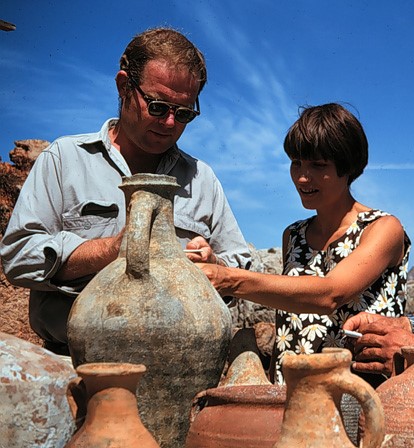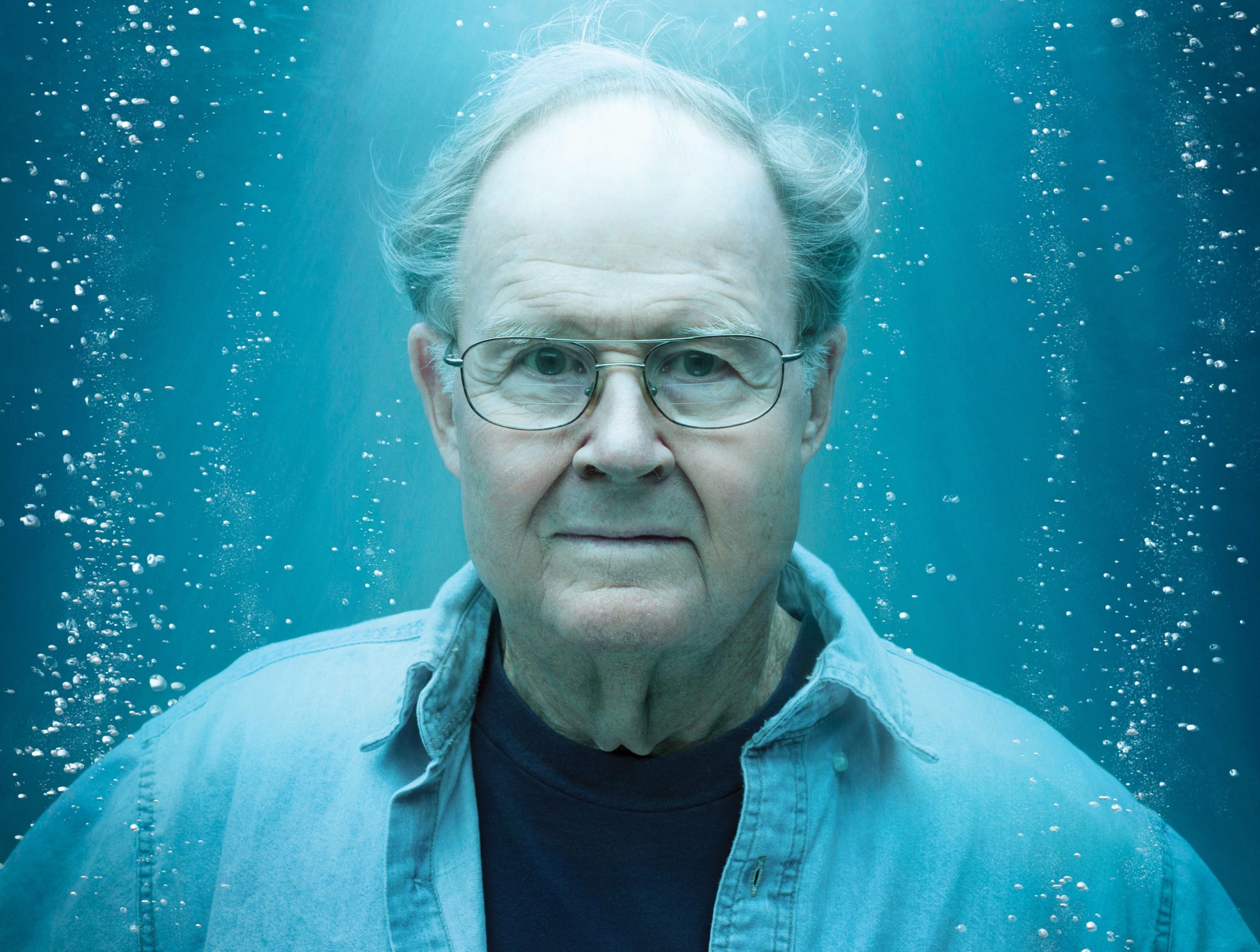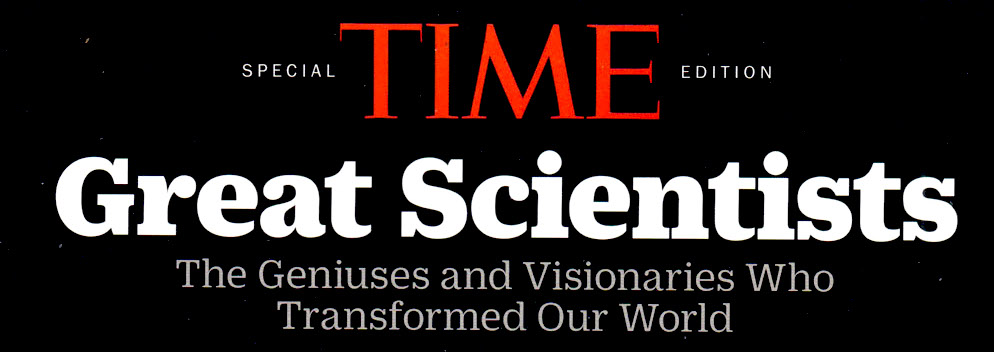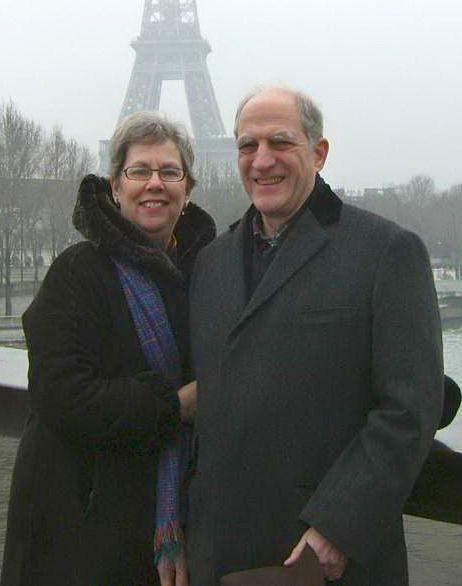In 1960, shortly after he began doctoral studies in classical archaeology at the University of Pennsylvania, George Bass † was asked by his department chairman if he would learn to dive in order to excavate a Late Bronze Age shipwreck reported off the Turkish coast by journalist Peter Throckmorton. After taking only six diving lessons at a local YMCA, he left for Turkey where he directed the excavation of the wreck about a hundred feet deep off Cape Gelidonya.
George and his wife, Ann, were newlyweds when they began the three-month field season on this narrow strip of beach surrounded by cliffs. The site at Cape Gelidonya was the first ancient wreck excavated in its entirety on the seabed and the first shipwreck excavation directed and published by a diving archaeologist. At the end of the excavation, with permission from the Turkish government, George started a museum of underwater archaeology in the Bodrum castle.
George and Ann formed the American Institute of Nautical Archaeology in 1972, which later dropped the “American” to reflect its international staff and board of directors, becoming simply the Institute of Nautical Archaeology (INA). INA quickly expanded its research to four continents and in 1976 affiliated with Texas A&M University, where George headed the graduate program in nautical archaeology until 1993. George devoted his career to the development of new techniques for underwater research while excavating shipwrecks around the world, becoming known as the “father of underwater archaeology.”
His was not a solitary journey. Ann accompanied him the whole way, cleaning and cataloging artifacts, taking care of expedition correspondence, and keeping the financial books. When not in the field, Ann taught piano and served as accompanist for instrumentalists and choral groups. Their two sons, Gordon and Alan, spent much of their childhood trotting the globe with their illustrious parents.
George wrote or edited ten books and over a hundred articles and was the recipient of numerous awards, including the Archaeological Institute of America’s Gold Medal for Distinguished Archaeological Achievement (1986), the Explorers Club’s Lowell Thomas Award (1986), the National Geographic Society’s La Gorce Gold Medal (1979) and Centennial Award (1988), the Society for Historical Archaeology’s J.C. Harrington Medal (1999), and the Historical Diving Society’s Pioneer Award (2006). George received honorary doctorates from Boğaziçi University in Istanbul (1987) and the University of Liverpool (1998), and in 2002 President George W. Bush presented him with the National Medal of Science.
For more about the fascinating life of George Bass, read his memoir Archaeology Beneath the Sea: My Fifty Years of Diving on Ancient Shipwrecks (also available as an eBook on Amazon).

